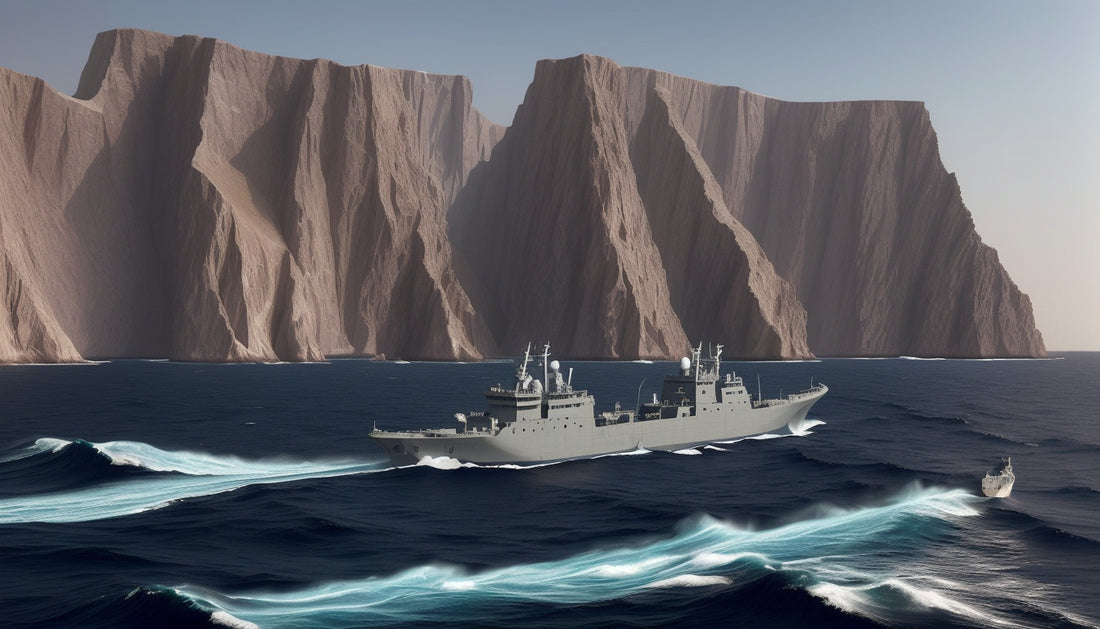
Navigating Tensions: A Caution for Vessels Near Iran's Hormuz Strait
The Strait of Hormuz is a narrow passage between Oman and Iran. It sits at the heart of one of the world’s key trade routes. About 20% of the world’s oil moves through this channel. Geopolitical tensions—especially those between Iran and Israel—raise alarm for ships in and near this strait.
Current Situation
Since mid-June 2025, maritime agencies have warned vessels. They advise ships to avoid Iranian waters. The warning comes because conflict between Israel and Iran escalates. The increased risk endangers shipping safety and may alter international trade and oil prices. Iran has often threatened to close the Strait of Hormuz. In its view, such a step would protest perceived Western provocations and disrupt global markets.
Reports now show ships steering away from Iranian waters. Instead, ships choose paths that go nearer to Oman. The Gulf of Oman, wider than the strait, feels safer amid rising tensions. However, vessels must still pass through the Strait of Hormuz. Its narrowest width reaches only 21 miles, which makes navigation hard during heightened risks.
Increased Threat Level
Maritime operators now face a significant threat. Electronic interference disrupts navigation systems in the strait. These disruptions bring extra layers of risk. Supertankers now earn more on average, a sign of economic impact amid security worries. Ship operators—including those with Greek flags—get strong advice. The advice is to stay clear of Iranian jurisdiction. Iranian-flagged vessels increase in their own waters, and distrust grows among all operators.
Global Implications
A regional conflict here can reach far beyond these shores. A closure or disruption of the strait would spike oil prices and affect global trade. The region has long been a hotspot for conflict. These tensions stress fragile global supply chains that rely on sea routes. Nations manage complex ties in the Middle East. Therefore, shipping operations in and around Hormuz must be watched very closely. Stakeholders in shipping and energy need to plan for many scenarios. They must prepare for navigation problems and changes in oil prices that come from shifts in oil supply.
Conclusion
The Strait of Hormuz serves as a vital oil route and an indicator of regional and global stability. As tensions between Iran and Israel continue, ships risk navigation in these waters. Vessels must follow fresh maritime advisories and exercise caution. As events develop, trade and security impacts will require close watching. With potential economic consequences on the horizon, those in maritime and energy fields must stay informed. Adaptability is key in this era of complex and shifting challenges.
